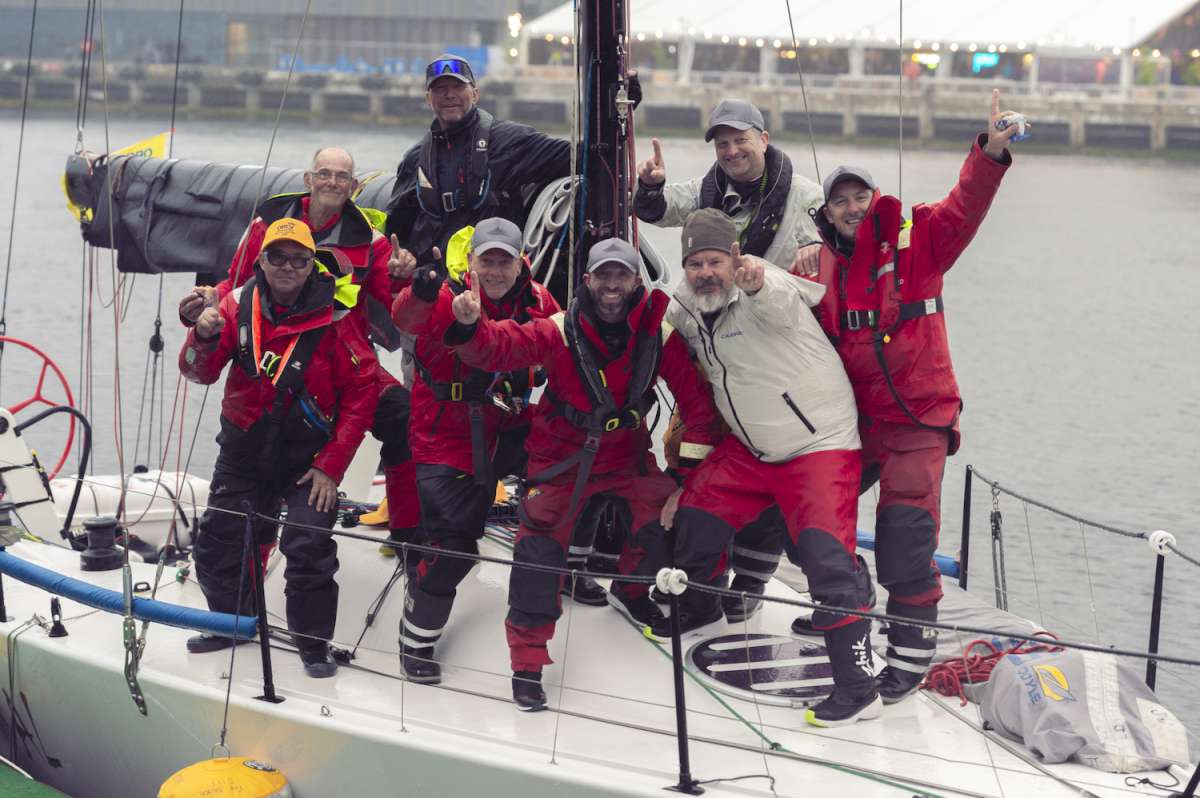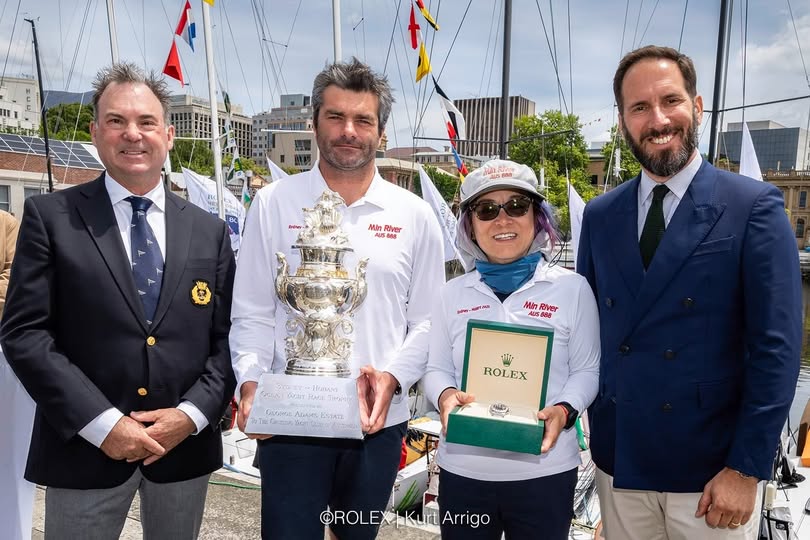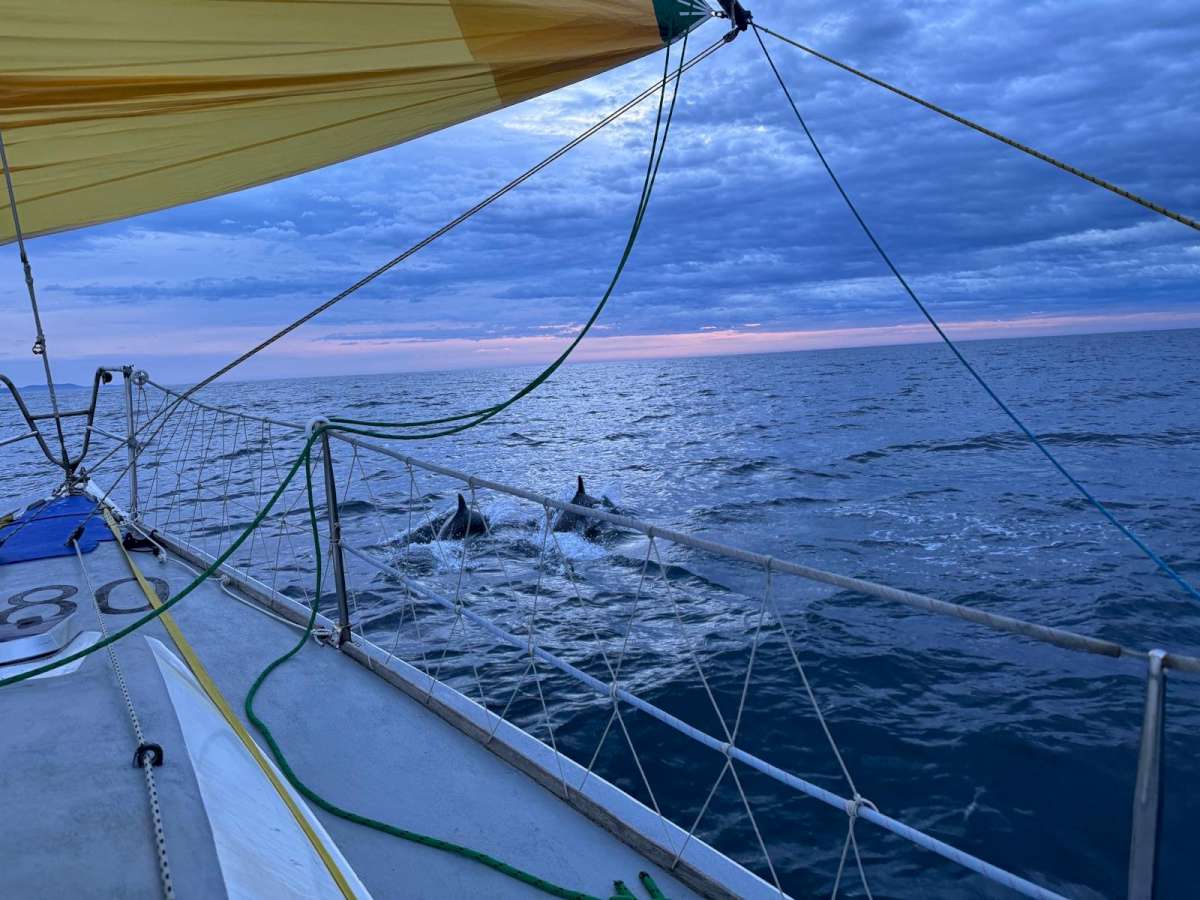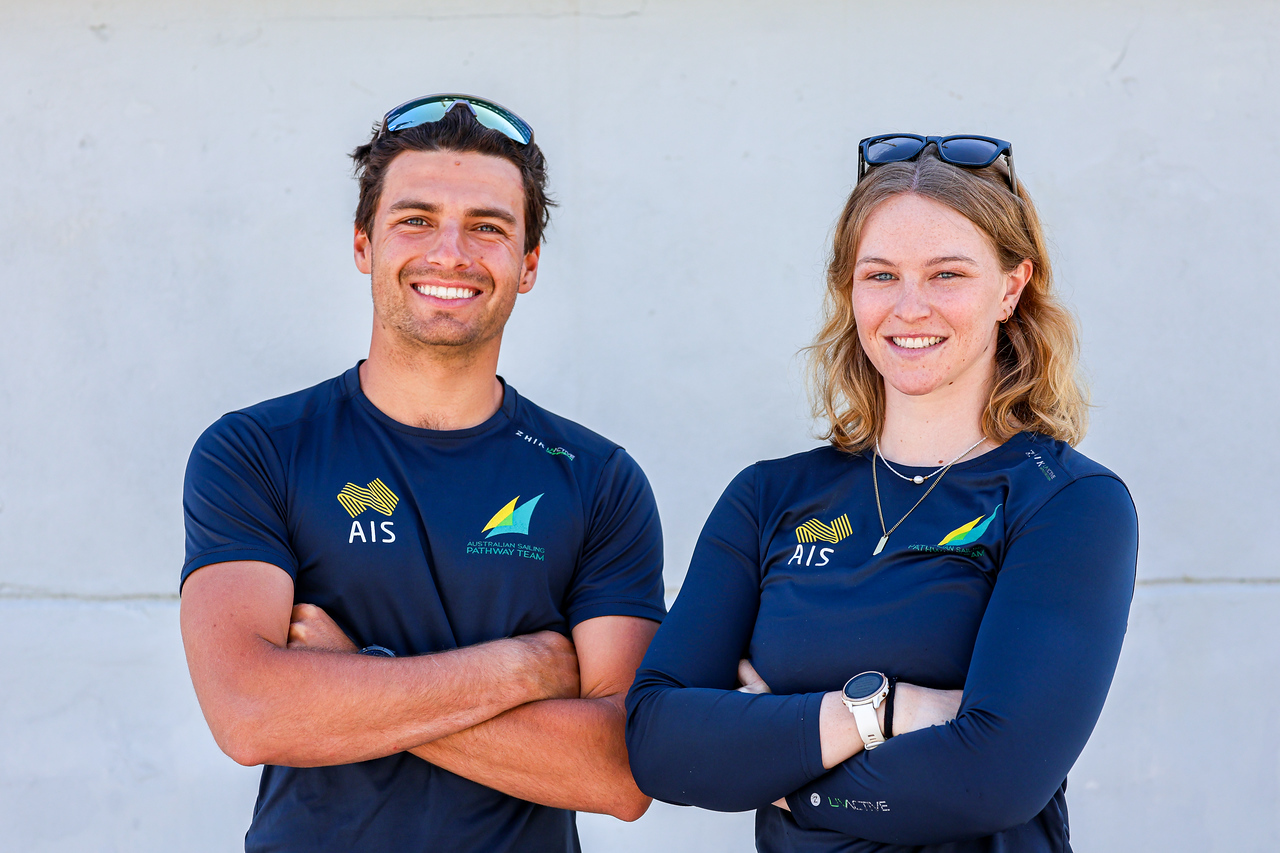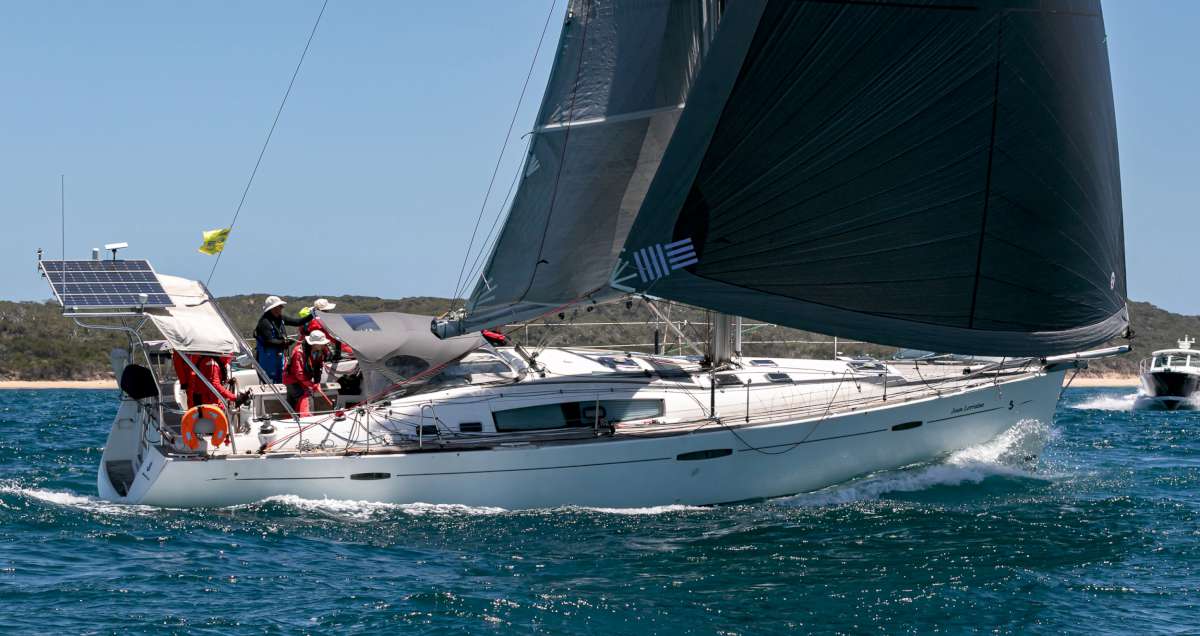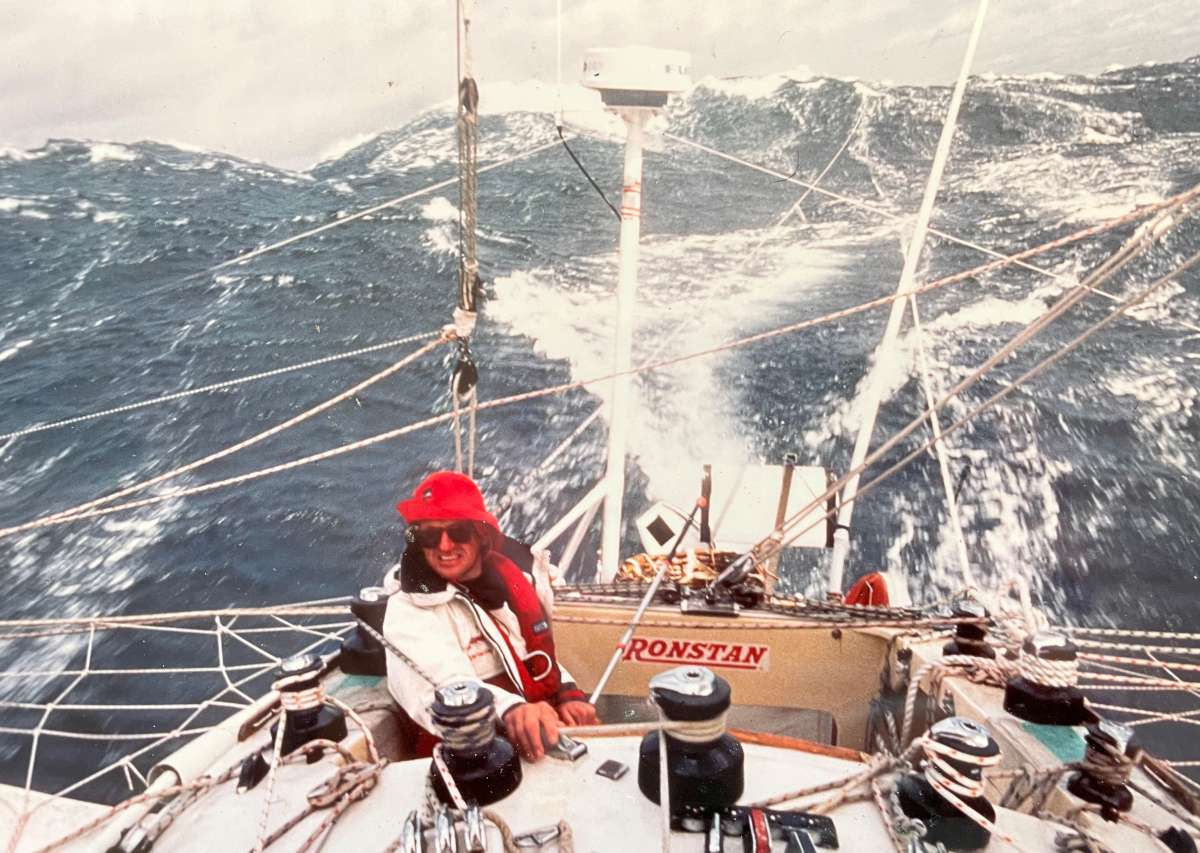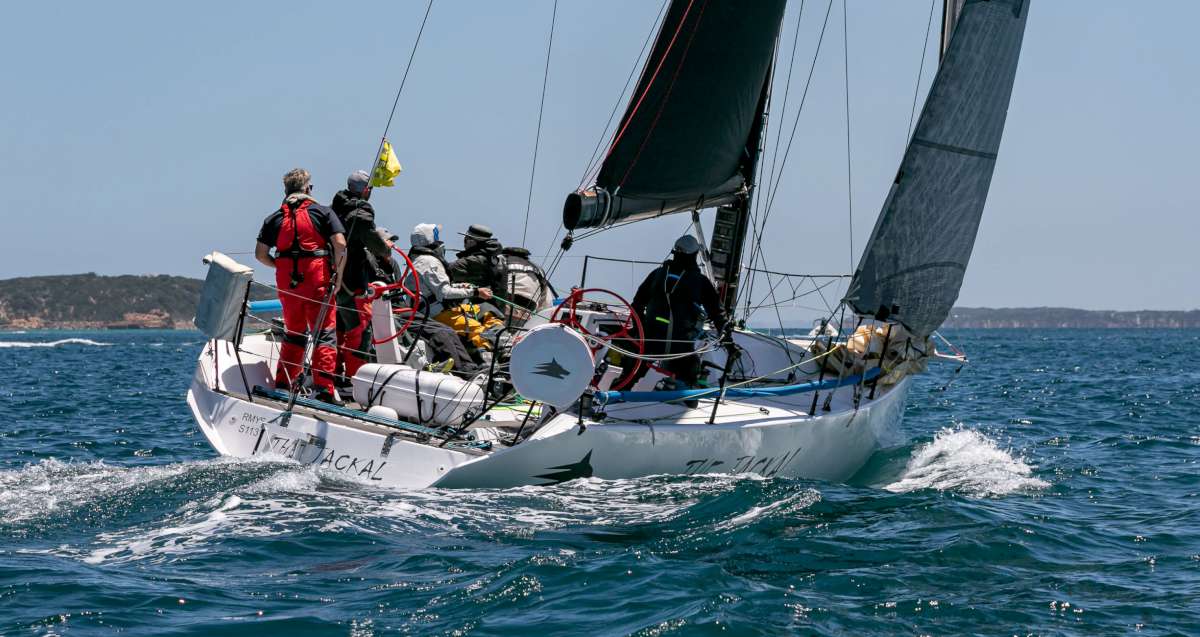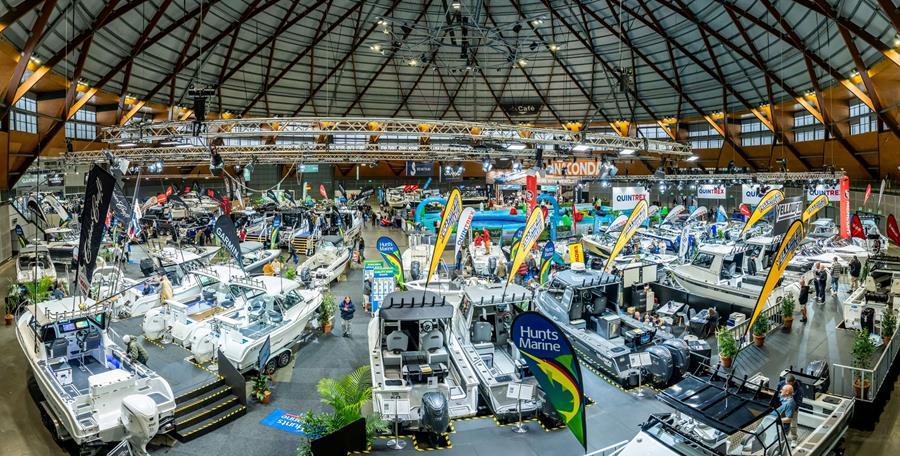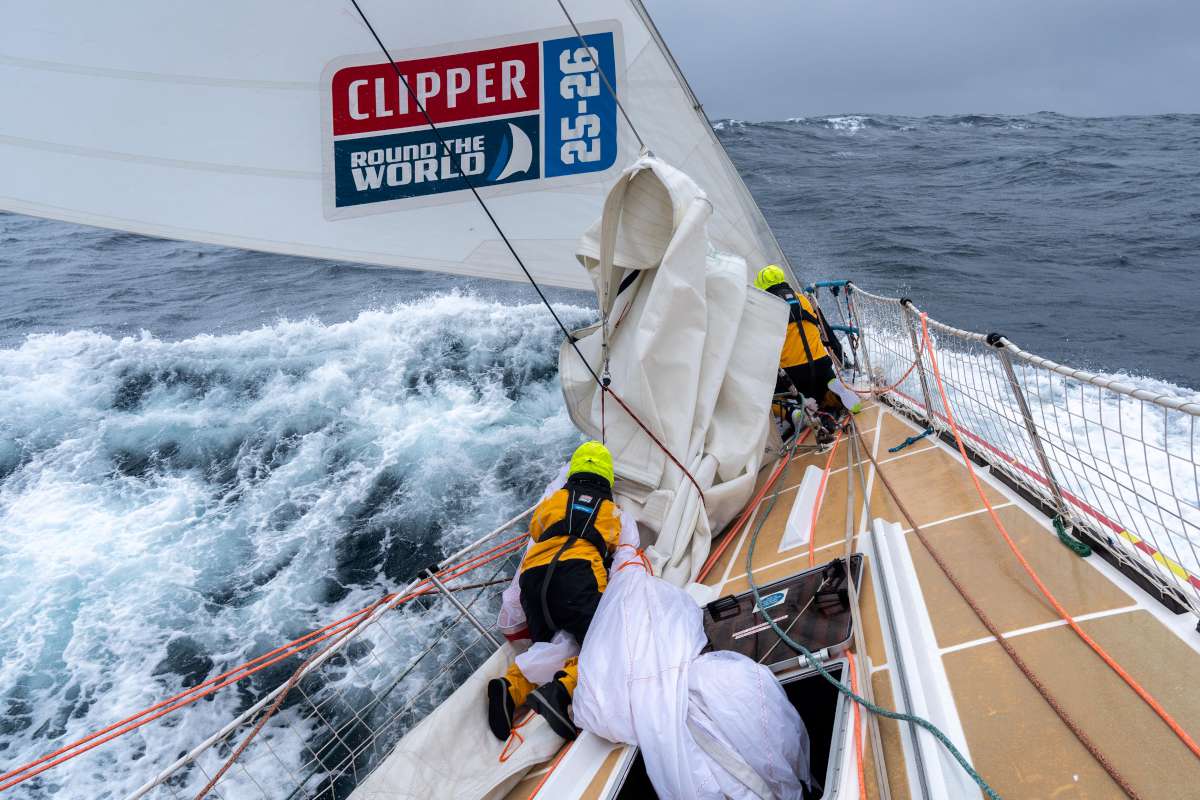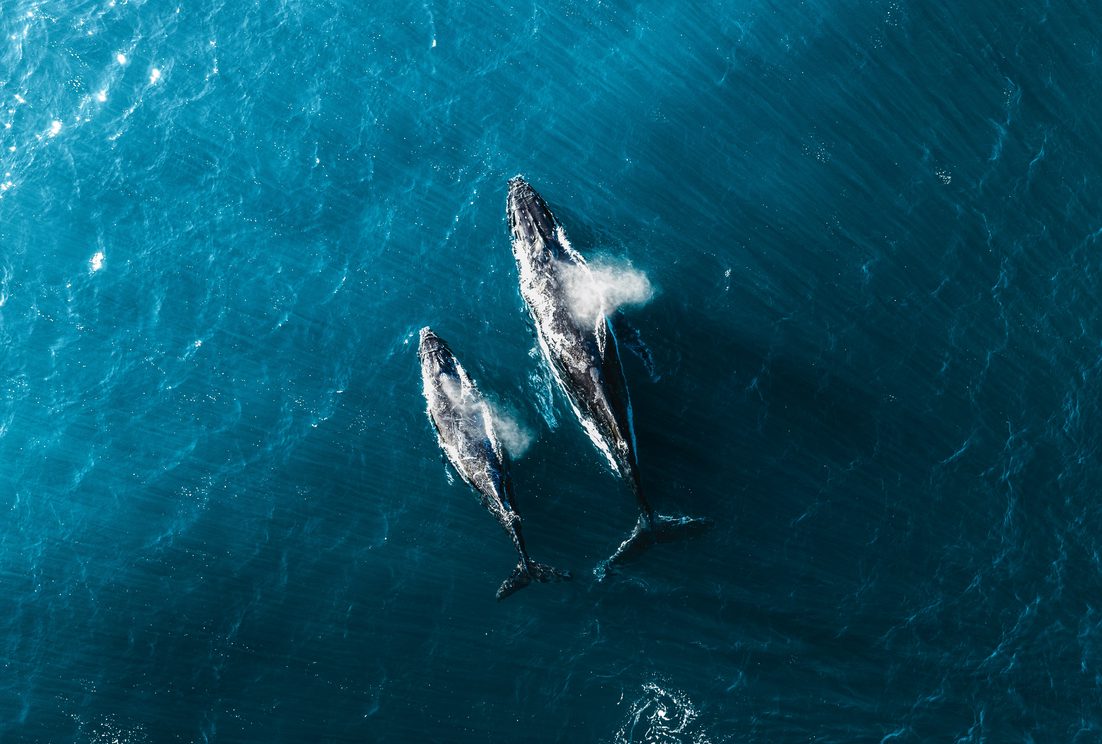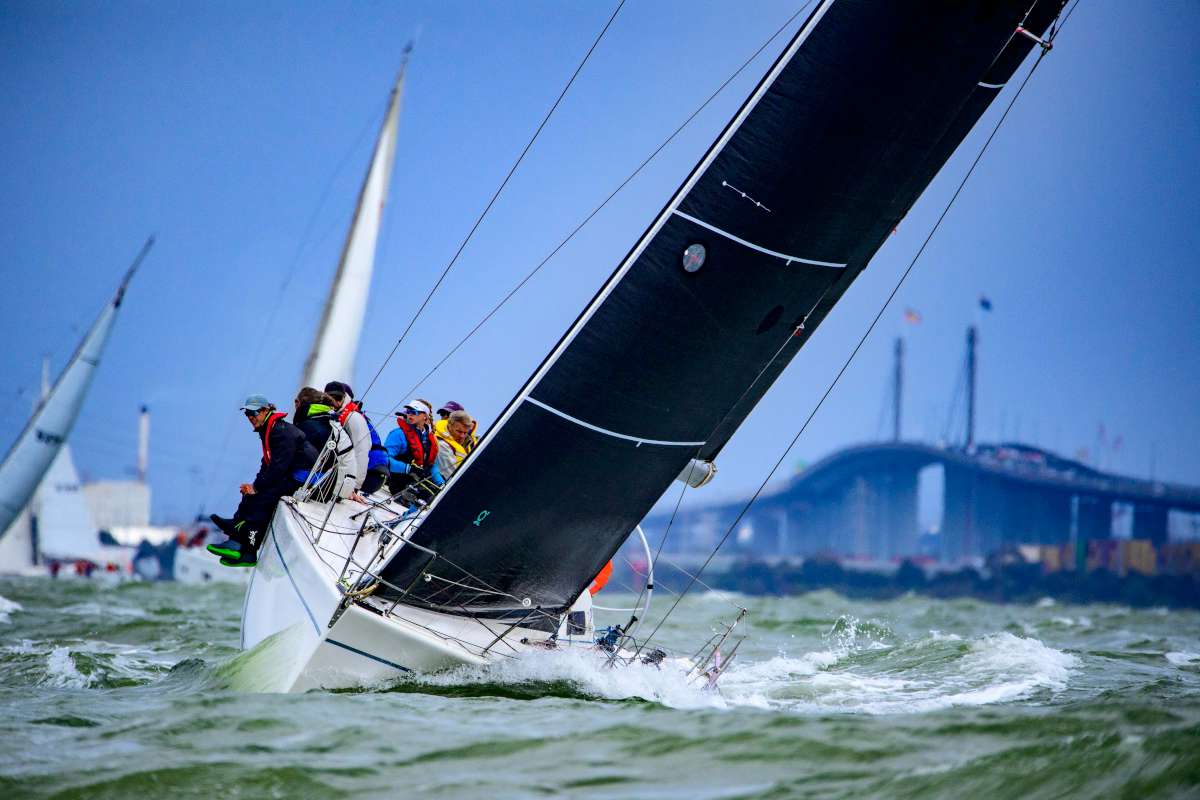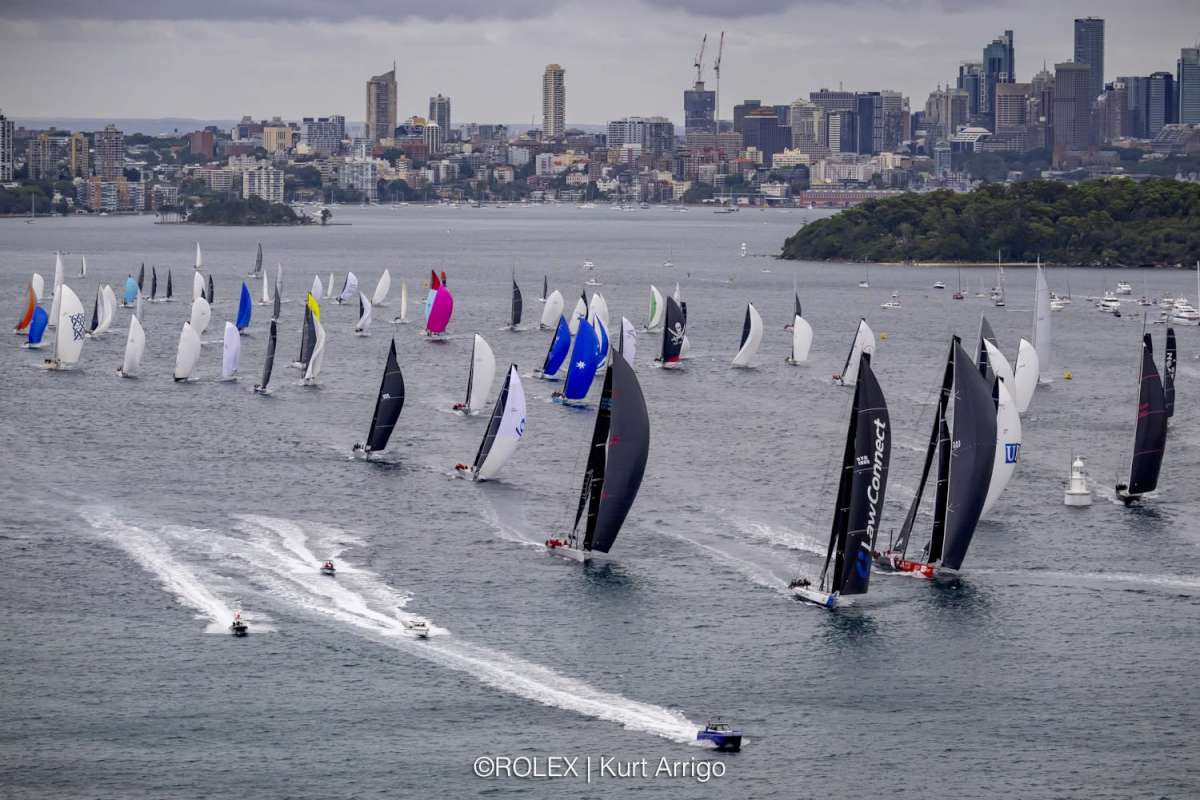Destinations: Panama
An unexpected health crisis adds angst to the task of preparing K-Sera II for the long passage from Panama to the Marquesas Islands, writes Elaine Kleiss.
Brilliant sunshine sparkled across the waters of La Playita, our first anchorage on the shores of the Pacific Ocean. With the Panama Canal behind us, departure on the 4,000nm to the Marquesas Islands suddenly seemed close.
Here in Panama City we would finish preparing K-Sera II for the long voyage.
As new arrivals we had to check in with the port captain. Once the paperwork was complete, Chris asked if there was a fee. “Twenty dollars,” the official replied promptly. Back in the taxi we told Luis, the English-speaking driver, that we did not get a receipt. “Stay here,” Luis exclaimed and rushed back to the office.
“He try to tell me you give him tip!” said Luis angrily on his return. “I tell him you don't give $20 tip. If he don't give it back, I tell his boss.”
He grinned, handing back our $20.
Luis negotiated heavy traffic to help us find spare filters and belts for the engine. Then he dropped us at Albrook Mall, the city's largest, imaginatively decorated with huge animal statues (even kangaroos). As well as department stores, specialty shops, supermarket and food courts, we found two internet shops, with 30 or 40 computers each. There we caught up with our emails at minimal cost.
Though we generally avoid big cities, we enjoyed learning a little about this one as we hunted for things we needed. You can buy almost anything in Panama City. It just takes time or a good taxi driver to find it.
We visited many computer shops to find a laptop with a English keyboard and operating system to use for weather downloads and navigation back-up. Searching hardware stores, we located a stainless-steel pressure cooker to save gas, and a small washer to avoid using laundry services. Laundromats are rare.
Anticipation
La Playita felt different to our earlier anchorages, and not just because of the passing ships and ferries. It was the air of anticipation as crews prepared for long passages. Many, like us, would cross the Pacific. Others would travel north or south along the coasts of the Americas. A few would transit the canal north to the Caribbean. Everyone had repairs to do, systems to check, things to buy. Panama City was the last chance for really good shopping.
Boat numbers in the anchorage swelled to around 60, more than in any previous year, with boats arriving and leaving daily.
Each morning most cruisers tuned in to VHF channel 74 for the cruisers' net. Book swaps, boat jumbles, and local tours were announced. Crews announced their arrival and departees said farewell. Skippers offered “tips and tricks”. But most popular were “treasures of the bilge”, where unwanted items found new owners, and “local assistance”.
We all sometimes had to ask for help. “Where is the nearest laundry service/internet facility/English-speaking hairdresser?” “Is there a sail loft?” “No, but two or three yachties do canvas work.” “Welding?” “Try the guy on Genesis.” “Where can I buy cheap water barrels?” “How do I get a visa extension?”
Frequently sought was an English-speaking dentist (imagine serious toothache 1,500nm from a dentist). Also in demand was a dermatologist to check those spots before the crew ventured into the wide blue yonder.
In the back of everyone's mind is the fear of an illness or injury at sea. Our fears were realised when Chris suffered a serious health crisis. How could we deal with this in a country where we couldn't even speak the language? How could we get him proper treatment? Perhaps Chris, or both of us should fly home. But then what about the boat, our home? I struggled against panic.
Specialist
Another cruiser recommended a specialist. Without a referral or even an appointment, US-trained Dr Angel Alvarado saw Chris that day. He advised it would be dangerous to undertake a long sea voyage without resolving the problem. Dr Alvarado explained that he could operate in a few days, and quoted the costs. He prescribed some temporary medication and sent Chris for further tests.
We checked on air fares, but with the length of the flight and uncertainty of hospital waiting lists, ruled out flying home for the operation. Chris rang Dr Alvarado, who emailed back with appointment and pre-op instructions.
A few days later Chris was admitted to Hospital Nationale. The foyer was like a five-star hotel, complete with trendy coffee shop and pharmacy. In a comfortable lounge, I waited nervously with Nicole, a yachtie friend, until Dr Alvarado reported to us that the operation had been completed successfully.
Between daily visits to the hospital I stayed on K-Sera at anchor. I was glad to have yachtie friends to call on should I need help, and to dinghy me ashore and back.
Three days after the operation Chris was back on K-Sera convalescing, our wallets lighter, but the problem overcome.
Preparations
Once fully recovered, Chris prepared K-Sera II for the long ocean crossing, checking rigging and safety gear. He attached jacklines to which we would clip our safety-harness tethers. Chris and John from Gannet shared loading both boats with diesel and water.
Chris had researched how best to get weather information. One option was to use a Pactor modem to link our HF radio to the computer for access to weather data and email. Or we could subscribe to a weather forecasting service using our satellite telephone. Both options involve paying annual fees. We decided to use the satellite phone. We can download five-day forecasts for any given area, make and receive calls, send emails and text messages. If we lost our HF antenna, we would not lose communications. If we had to abandon ship, we could take the satellite phone.
Though we could now get five-day forecasts, our passage direct to the Marquesas could take eight times that long. We would have to cope with whatever weather eventuated. Chris set up our Australian-made Para Anchor sea anchor (“Alby”). It was reassuring to know we could deploy Alby to give us a break, should conditions get too tough.
Friends, Australia-bound ahead of us, had warned, “Make sure you stock up well. It is so dear in French Polynesia.” Others advised it is much easier to provision in Colon, at the Caribbean end of the Panama Canal. In Panama City we would have to ferry heavy loads by dinghy.
Taking this advice we had a big spend up in Colon. We hit two supermarkets and a bulk grocery supplier, aiming for a six-month supply of dry goods and cans. Stores deliver goods and purchaser to the marina when the bill exceeds $300US – not difficult! Beer and wine were cheap so we loaded 12 slabs of beer and 24 litres of wine. As I packed the groceries away, I recorded everything in my provisioning book, which lists 200+ items, not just food, but things like garbage bags, toothpaste and insect repellent.
Despite our efforts in Colon, the Panama City lists were lengthy and constantly amended. I woke in the night remembering some important item.
We visited the pharmacy for our prescription medicines, various antibiotics and other medical supplies. We had consulted our GP about this before leaving Australia. Many medications are available in Latin America at reasonable prices without prescription.
We bought still more provisions – things we had missed in Colon or used since. K-Sera's lockers were bulging.
What's that noise?
Keeping a careful watch for ships in the busy Panama waters we set the sails, but sadly, had to also run the engine to make much progress. Conditions were rolly into the night. No moon, pitch dark. We began to hear loud bangs from astern as K-Sera rolled. It sounded bad. Eventually we discovered the generator sliding inside its deck box and silenced it.
Our three-hour watches the first few nights continued to be eventful. We passed several ships; at times there was one going each way past us. Consulting AIS we could stay on course, knowing the vessels would pass at a safe distance.
We managed to sail a few hours here and there but frequently had to motor-sail. When were we ever going to have a decent sail? From Curacao to Cartagena to San Blas then Colon we'd had little or no wind! But look on the bright side: plenty of power for the pilot, plotter, radar, and even the watermaker. Alby was having a restful trip.
Consulting the weather information, Chris adjusted our course more to the south, chasing the chance of a breeze, but to no avail. New weather downloads brought no joy as we motored on.
We crossed the equator one night without a glimpse of King Neptune – probably too dark.
Apart from keeping watch, life was much like being at anchor. K-Sera moved gently. We did small jobs, checked the weather, ate normal meals, read. I stitched stars on my new Aussie flag and practiced using plotter and radar. Our hearts lifted as sunrise drove away the dark. We enjoyed magnificent sunsets and the sight of birds far from land. Some cruisers filled their time watching DVDs but our TV stayed silent.
Refuelling
With all the motoring our diesel supplies were dwindling fast. We would have to visit the Galapagos for more fuel. In the Galapagos you must use an agent to check in. At Wreck Bay the price is negotiable, plus $90 for the port captain and $15 for immigration. On departure we paid another $12 for a Zarpe. To take your own boat to some of the other islands entails extra fees, and check in at Academy Bay; Isla Isabela is more expensive.
There is no fuel dock at Wreck Bay. It is possible to purchase fuel from a service station at the local price with the port captain's permission. However, we chose the convenience of having Fernando deliver our diesel using his drums – more expensive but saving Chris a great deal of heavy work.
Catching up with yachtie friends, we enjoyed the attractively landscaped waterfront and explored the small town. A quick VHF call would soon have a water taxi alongside to take us ashore for $1 per person.
We were charmed by the antics of numerous sea-lions playing in rock pools, but soon realised the wisdom of leaving the dinghy on deck. Sea-lions climb into dinghies, onto swim platforms and even decks.
A visit to the interpretive centre gave us an insight into the history of this unique island group famous for stimulating Charles Darwin's theory of evolution. New species evolved on the various islands in response to different environments and food resources.
But the Marquesas called. We added to our stock of fresh food and bread and made our preparations for the big one: 3,000nm.
PROVISIONING TIPS
01 List foods and estimate requirements for a given period.
02 Buy extra flour and yeast. You may need to bake bread.
03 Consider using dried milk to save storage space and weight.
04 Rice, pasta and dried beans and lentils are good standbys.
05 Extend your gas – cook for two meals at once and use a pressure cooker.
06 Canned foods replace fresh, and make easy meals during rough conditions.
07 Dried fruits and nuts make healthy snacks and replace fresh fruits.
08 Cabbages keep well at room temperature wrapped in newspaper.
09 Remove bugs from fruit by rinsing thoroughly in salt water.
10 Avoid tummy upsets: Wash salad vegetables in fresh water with a little washing up detergent, then rinse.
11 Bananas stored with apples will deteriorate more quickly.
12 Keep potatoes and onions separate.




